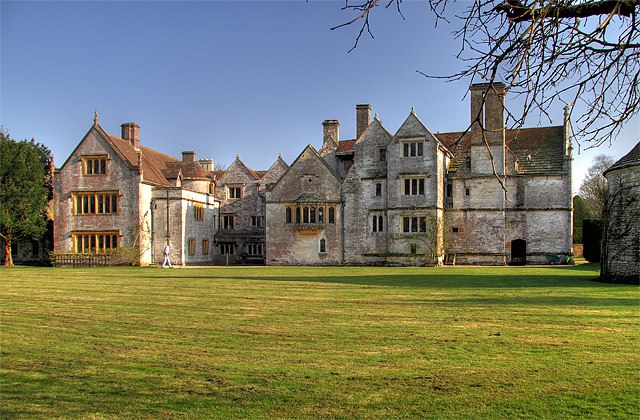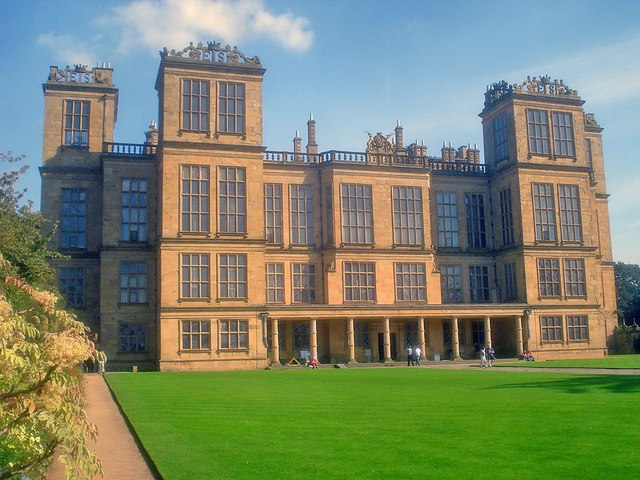Richmond Palace was a Tudor royal residence on the River Thames in England which stood in the sixteenth and seventeenth centuries. Situated in what was then rural Surrey, it lay upstream and on the opposite bank from the Palace of Westminster, which was located nine miles (14 km) to the north-east. It was erected in about 1501 by Henry VII of England, formerly known as the Earl of Richmond, in honour of which the manor of Sheen had recently been renamed "Richmond". Richmond Palace therefore replaced Shene Palace, the latter palace being itself built on the site of an earlier manor house which had been appropriated by Edward I in 1299 and which was subsequently used by his next three direct descendants before it fell into disrepair.
Richmond Palace, west front, drawn by Antony Wyngaerde, dated 1562
’Richmond Palace fronting the River Thames.’ A 1765 engraving by James Basire, "based on an ancient drawing". Essentially as built by Henry VII in 1501. The outbuilding with a pointed roof at the far left (north) is the Great Kitchen. The chapel-like building adjoining the palace next to the kitchen is the Great Hall.
Scene at deathbed of King Henry VII at Richmond Palace, 1509. Drawn contemporaneously from witness accounts by the courtier Sir Thomas Wriothesley (d.1534), who wrote an account of the proceedings. BL Add.MS.45131, f.54
A model of Richmond Palace in the Museum of Richmond
The Tudor architectural style is the final development of medieval architecture in England and Wales, during the Tudor period (1485–1603) and even beyond, and also the tentative introduction of Renaissance architecture to Britain. It followed the Late Gothic Perpendicular style and, gradually, it evolved into an aesthetic more consistent with trends already in motion on the continent, evidenced by other nations already having the Northern Renaissance underway Italy, and especially France already well into its revolution in art, architecture, and thought. A subtype of Tudor architecture is Elizabethan architecture, from about 1560 to 1600, which has continuity with the subsequent Jacobean architecture in the early Stuart period.
Athelhampton House - built 1493–1550, early in the period
Leeds Castle, reign of Henry VIII
Hardwick Hall, Elizabethan prodigy house
The gatehouse of Oxburgh Hall in Oxborough








